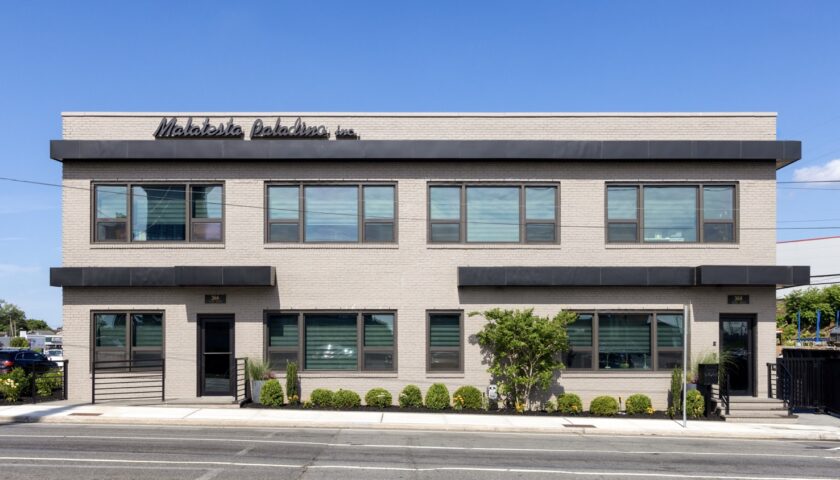Discover the critical implications of smoke damage cleaning and the necessity for environmental health services post-fire. Learn about effective smoke damage cleaning strategies for a healthier future.Wildfires present a devastating force of nature, leaving destruction far beyond the visible burnt landscapes. After the flames have subsided, the lingering effects of smoke damage pose significant threats to environmental health. Smoke contains harmful compounds, including particulate matter and toxic gases, which can infiltrate air and water systems, leading to immediate and long-term health concerns.
According to the Environmental Protection Agency, wildfire smoke can travel hundreds of miles, affecting air quality well beyond the fire’s location. This article aims to highlight the importance of comprehensive environmental health services in the aftermath of fire incidents.
By understanding the impact of smoke damage cleaning and implementing essential strategies, communities can work toward restoring a safe and healthy environment for all.
Understanding Smoke Damage and Its Effects
Smoke damage is not only superficial; it carries deeper implications that can affect human health and ecosystems.
Air Quality Degradation: Smoke can carry pollutants that significantly degrade air quality. Fine particulate matter can lead to respiratory issues, particularly in vulnerable populations such as children and the elderly.
Water Contamination: Rain can wash smoke debris into water sources, polluting drinking water. Contaminants can include heavy metals and chemicals that pose health risks.
Soil Pollution: When smoke settles on soil, it can introduce harmful substances that affect plant growth and the overall ecosystem.
Health Risks: Increased exposure to smoke can lead to chronic health issues, including asthma, lung cancer, and cardiovascular diseases.
Long-term Effects: The effects of smoke damage can last for years, requiring ongoing environmental health monitoring and intervention.
Ecosystem Disruption: Wildlife can be affected by smoke damage, impacting food chains and biodiversity in affected regions.
Economic Consequences: Communities may face economic challenges due to decreased property values and increased healthcare costs associated with smoke-related illnesses.
Community Awareness: Understanding the dangers of smoke damage is essential for community preparedness and response strategies.
The Role of Environmental Health Services
Environmental health services play a crucial role in addressing the aftermath of smoke damage and restoring communities.
Assessment and Monitoring: Experts conduct assessments to evaluate air and water quality, ensuring that communities have access to safe resources.
Smoke Damage Cleaning: Professional cleaning services specialize in removing smoke residues from buildings and outdoor environments, reducing health risks.
Public Health Education: Communities benefit from educational programs on the risks associated with smoke and how to protect themselves effectively.
Policy Development: Environmental health services advocate for policies that promote safe recovery practices and support long-term environmental health.
Research and Data Collection: Continuous research helps to enhance understanding of smoke damage impacts and informs best practices for recovery.
Collaboration with Agencies: Collaborating with governmental and nongovernmental organizations enhances the effectiveness of recovery efforts.
Restoration of Ecosystems: Environmental health services work on restoring affected ecosystems, promoting biodiversity and environmental resilience.
Community Engagement: Involving community members in recovery efforts fosters a sense of ownership and responsibility towards environmental health.
The Importance of Smoke Damage Cleaning
Smoke damage cleaning is critical for safeguarding public health and restoring environments affected by fire.
Health Protection: Effective cleaning reduces exposure to harmful particles and toxins, contributing to community health.
Property Value Maintenance: Timely cleaning helps maintain property values by preventing long-term damage and deterioration.
Preventing Mold Growth: Smoke can contribute to moisture buildup, leading to mold growth. Cleaning helps mitigate this risk.
Improving Air Quality: Thorough cleaning of interiors and exteriors can significantly improve indoor and outdoor air quality.
Aesthetic Restoration: Cleaning helps restore the aesthetic appeal of affected areas, promoting community pride and recovery.
Preventing Contamination Spreading: Immediate response to smoke damage prevents contaminants from spreading to unaffected areas.
Comprehensive Restoration: Smoke damage cleaning encompasses both visible and invisible damage, ensuring thorough restoration.
Community Resilience: Investing in smoke damage cleaning fosters community resilience, empowering residents to recover and thrive.
Moving Forward with Confidence
In the aftermath of fire incidents, the importance of environmental health services and smoke damage cleaning cannot be overstated. As communities rebuild, prioritizing environmental health ensures a safer and healthier future for all residents. It is essential to engage professionals who understand the complexities of smoke damage and can provide comprehensive solutions for restoration.
If you are facing the challenges of smoke damage after a fire, consider reaching out to EPSCO India for specialized fire flood restoration services. By taking proactive steps today, we can protect our communities and promote a sustainable environment for generations to come. Remember, there is always more to learn about maintaining environmental health, and each step we take brings us closer to recovery.





